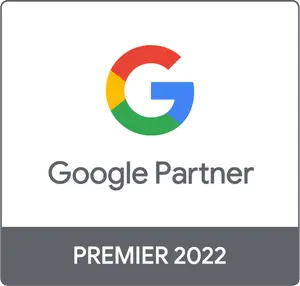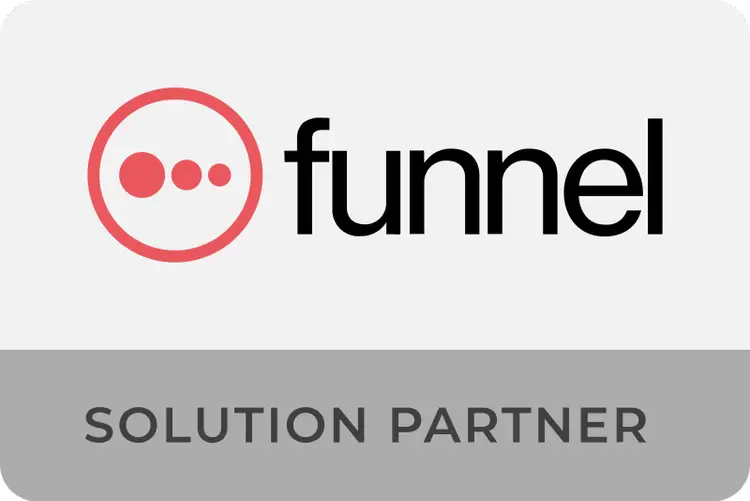CONVERSION RATIO
A conversion is an action taken by users at some point in the sales process. Companies guide users through various touchpoints until the final action, which is typically a sale or acquisition.
When we talk about conversion rates, it's important to specify which actions we want to measure and which ones are performed online or offline (in the case of companies other than e-commerce).
Let's take an example: let's imagine we have a SAAS company and the goal of our website is to have the user fill out an online form to request a demo.
User journey:

-
The user visits our website (online)
-
The user fills out the form (online)
-
The salesperson contacts the user and gives a trial demonstration (offline)
-
The user subscribes to our website (online / offline)
Each time a user fills out the form, a conversion is created. This will be the first conversion rate measured during the user journey until they subscribe to our service. The first conversion rate occurs on our website and is the percentage of users who completed the form compared to the total number of users who visited our website. In other words: % Conv = forms completed / website visits.
The sales team contacts the user once they have completed the form.
It's also important to measure this action, as it will help you identify whether the sales team's follow-up emails and calls are effective.
The second conversion ratio will be the percentage of users who received a trial demo relative to the total who completed a form. In other words: % Conv = trial demos / completed forms.
The final point of contact will be with users who subscribed to the service, which will give us a new conversion rate we can measure: the percentage of users who subscribed to our service. In other words: % Conv = subscriptions / trial demos.
As we can see in the previous case, the first conversion rate is based on online actions, while the other two are based on offline actions. So, even if you're used to working in the digital world, don't forget to take into account users' offline actions to ensure your digital marketing strategy is a success.
COST PER LEAD (CPL)
A lead is a conversion. Continuing with the user journey scenario we're using, the cost per lead is the advertising spend we need to achieve a completed form, CPL = spend / completed forms.
In this example, we can measure several CPLs:
-
1Cost per completed form.
-
Cost per user who received a demo.
-
Cost per subscription.
CONCLUSION
Depending on your business model, identifying each user journey and touchpoint will allow you to:
-
Measure the return on your investment in advertising media.
-
Create parameters and plan investment in new channels.
-
Identify the problem if your sales decline. And also the opposite: identify your strengths and understand where you should allocate more resources when sales increase.
-
Understand the metrics for each touchpoint: website, sales department, product, etc.

Founder of PaidStrategy and Performance Marketing Specialist.
Over 10 years of experience in Performance Marketing. Expert in achieving goals through analysis and strategy management with internal teams and clients. Her two superpowers? Asking the right questions and moving from chaos and improvisation to order and planning.






